Which should you read this: because there is no future of 3D printing without 3D imaging and visualization.
While 3D printing has been taking everyone and everything by storm for its ability to take virtual 3D content into the real, physical realm, there are other parts to this 3D equation called “reality computing” (that is the ability to modify reality through computing). They are just as important: one, which we have covered in the past, is 3D scanning, to acquire the real data and digitalize it. The other is 3D visualization, that is the ability to take the real, digitalized content, and modify it or augment it through computing.
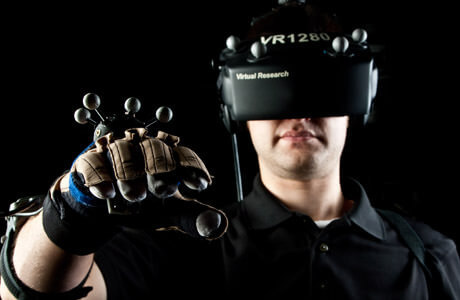
This is something that has been booming lately and might be the very first aspect of the 3D revolution to fully reach us consumers because huge companies are already actively investing in it and making huge announcements about it. Some examples? the Oculus Rift virtual reality visor (VR) and Facebook, the new Microsoft HoloLens holographic goggles, the Google Project Tango 3D scanning smartphone and, last but not least, HP’s recently announced Blended Reality program, which will bring together 3D scanners, sensors, 3D imaging and 3D printing. Oh, and since Apple bought Primesense – the company which made the technology behind Kinect, the top selling 3D scanner ever- no one has heard anything about the company but that usually means they are working hard at something big.
Everyone inside the Rift
Unshaken by the failures that VR systems encountered in the 80’s and 90’s (remember Nintendo’s Virtua Boy?) Oculus VR began developing the Rift, a next generation virtual reality viewer, in 2012. After the release of the first development kit (DK), Facebook acquired the company for over $2 billion in 2014 and, after a second DK (which has already sold more than 100.000 units, about as much as all the desktop 3D printers together), the final version should arrive in 2015. The Rift was created primarily for video games and allows you to view virtual environments at 360°.
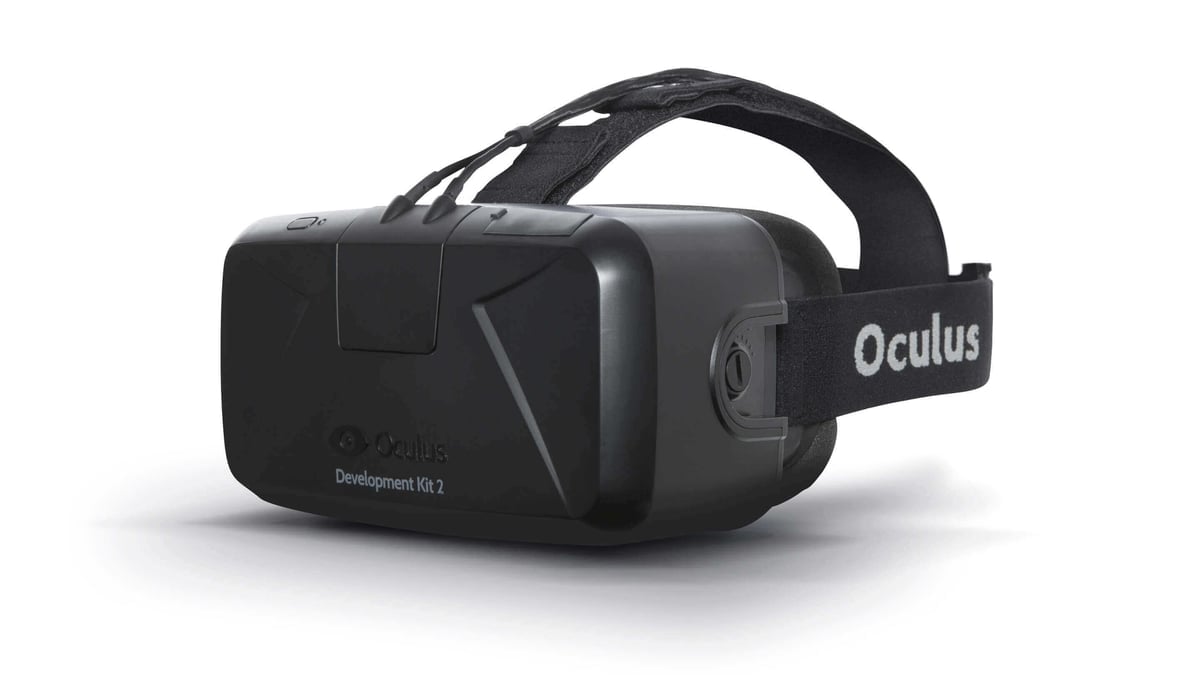
Turning your head and looking up, down, left or right, the visual changes accordingly giving you the impression of being within the virtual environment. Even Elon Musk, founder of Space X and Tesla Motors, revealed that he uses a virtual reality system similar to the Rift to develop components of rockets which he then sends it directly to the 3D printers to produce the physical prototypes. Other huge companies have already gotten into the VR game, including Sony with its Personal 3D Viewer. At the moment it seems these systems are ideal especially for movies and prerecorded content (more than interactive videogames) but the idea of collaborative workspaces through VR is already been taken into serious consideration, both by huge companies such as Lockheed Martin (with its CHIL project), and by cool start-ups such as We Make Breakroom, seeking to open up the workplace through implementation of virtual space.
Google Glass and Project Tango
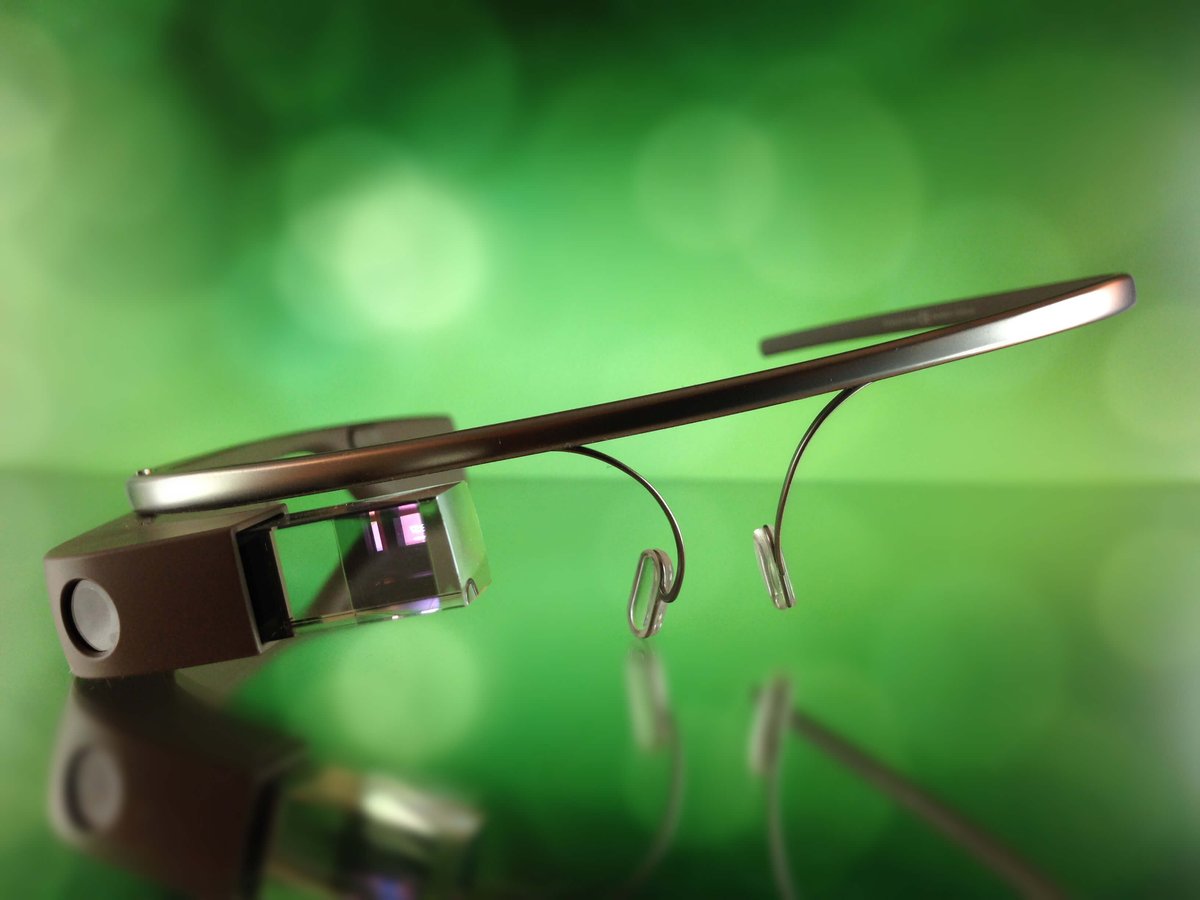
As it happened for Kinect, the long-awaited Google Glass, the augmented reality (AR) glasses by Google, will be used for purposes other than those for which they were originally intended. After about two years of experimentation, Google realized that people do not want to wear the glasses if they do not strictly need to. Yet Google’s system has already proved optimal for various applications in the medical field, and no doubt it will continue to be, perhaps even through augmented reality interaction with 3D printed models.
Google’s other ongoing project in the 3D field is to augment the vision of devices. Project Tango is already well under way and should arrive by the end of 2015 to give smartphones three-dimensional vision. Google’s Advanced Technology Research Group (ATAP) is working on a new Android smartphone that will be able to see the world in 3D. This means that it will map the environments through a double camera and integrated sensors than can perform a quarter of a million measurements every second, constantly updating its position in the environment on the three axes.
Holograms at last
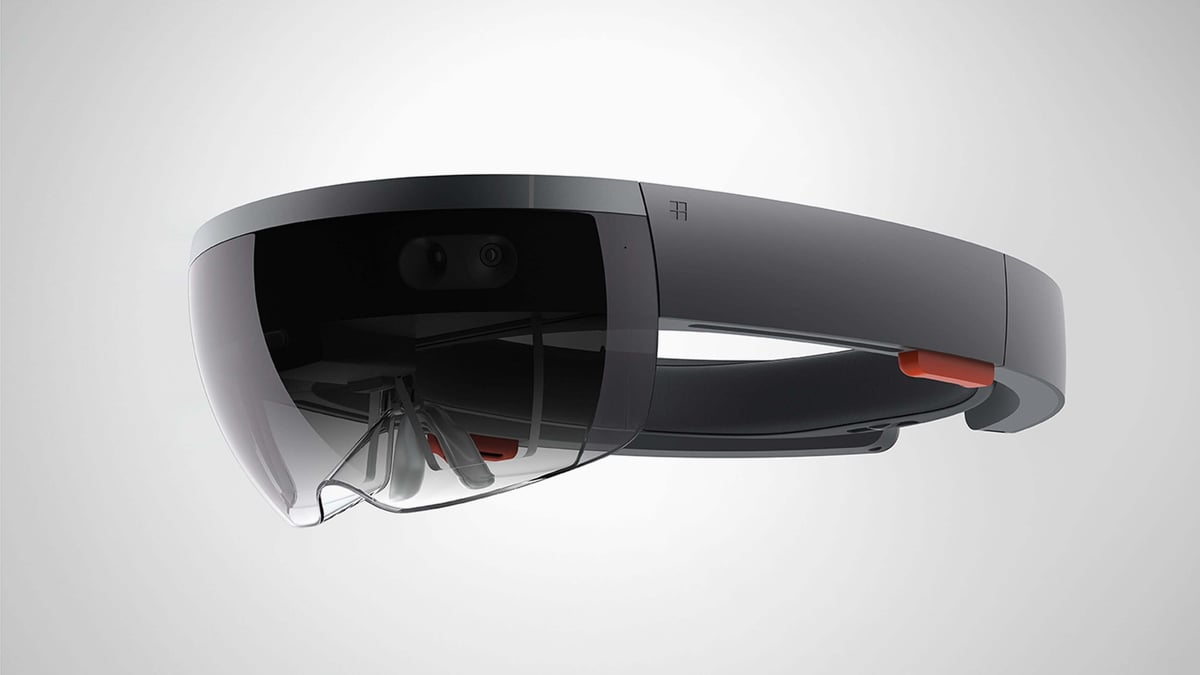
The recently presented HoloLens are Microsoft’s response to Google Glasses Oculus Rift. The HoloLens are similar in that they use Google Glass augmented reality but differ in that they are also a holographic device. Similarly, they are similar to Oculus’ Rift as they create a fully immersive 3D environment and differ for the fact that they blend this this experience with the reality around the user.
Also, they are not just a pair of glasses, but a complete wearable computer, with a CPU and a GPU. Microsoft envisioned the HoloLens also as a gaming device, for example to play Minecraft in your living room, however it is likely that, as it happened with Kinect, gaming will represent only a small part of its potential. In fact the company has already show a few possible 3D printing applications.
A reality mixer
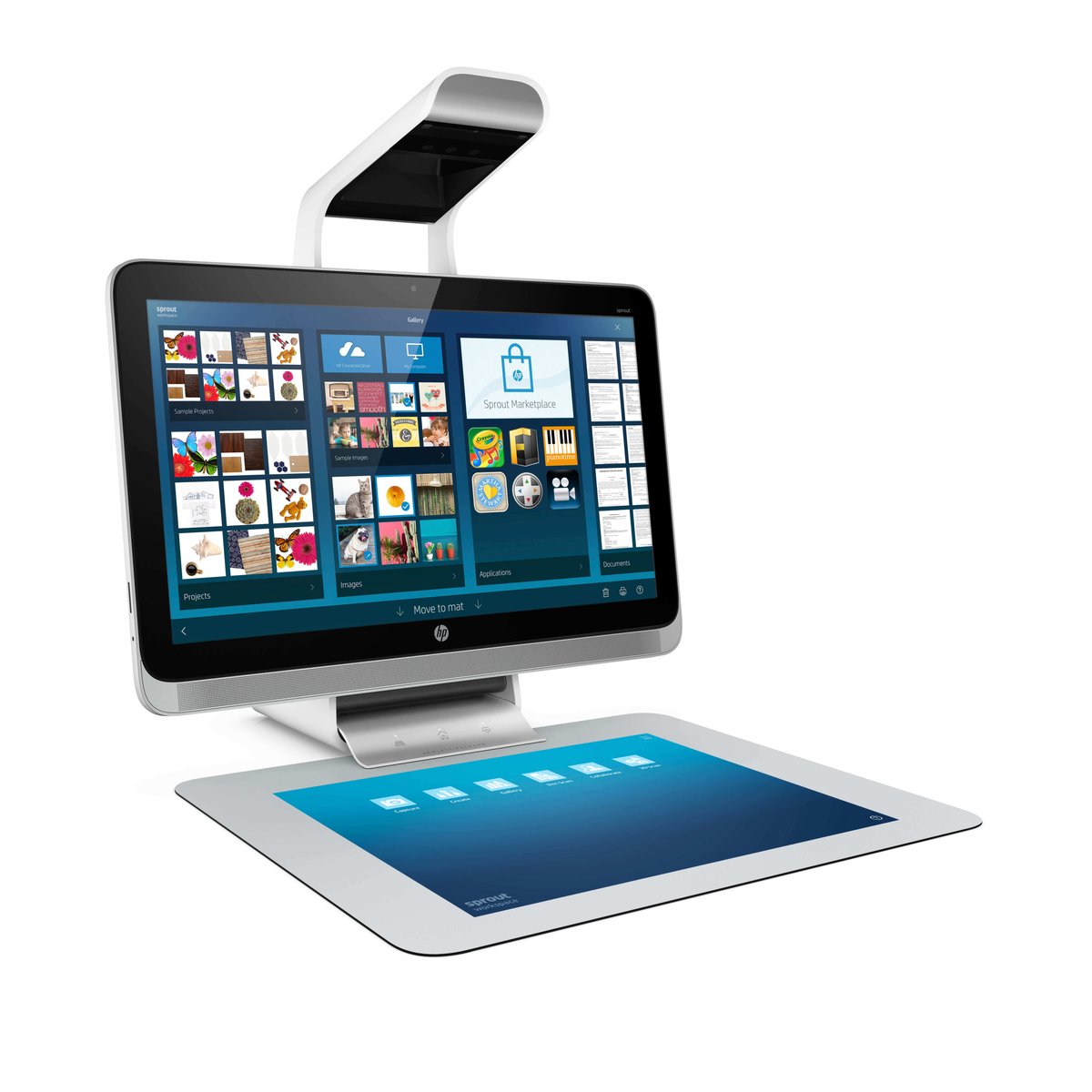
All these projects point in one clear direction: giving users the ability to capture, modify, create or recreate objects. Recently HP put an end to all speculations about its plans for 3D printing when the company announced it will be launching a new 3D printer by 2016. At the same time HP has also unveiled its vision for a “blended reality” infrastructure that uses computers, 3D printers and 3D scanners to mix virtual and physical realities, facilitating the process of acquisition and modification of 3D data. Sprout, as it will be called, is an immersive platform that will take HP into the third dimension.
Sprout will combine the computing power of a personal computer with an intuitive interface using scanners, depth sensors, a high definition video camera and a projector in a single system. This will make it possible to fluidly move objects from physical to virtual, enabling collaborative workspaces: it is the next evolutionary step in unifying many current technological trends in a single product. According to HP, Sprout “will reduce the barriers between the digital and physical world, allowing you to express yourself at the speed of thought, without filters and without limits, giving people the power to create, inspire and interact like never before.”
Get some Primesense into your iPhone
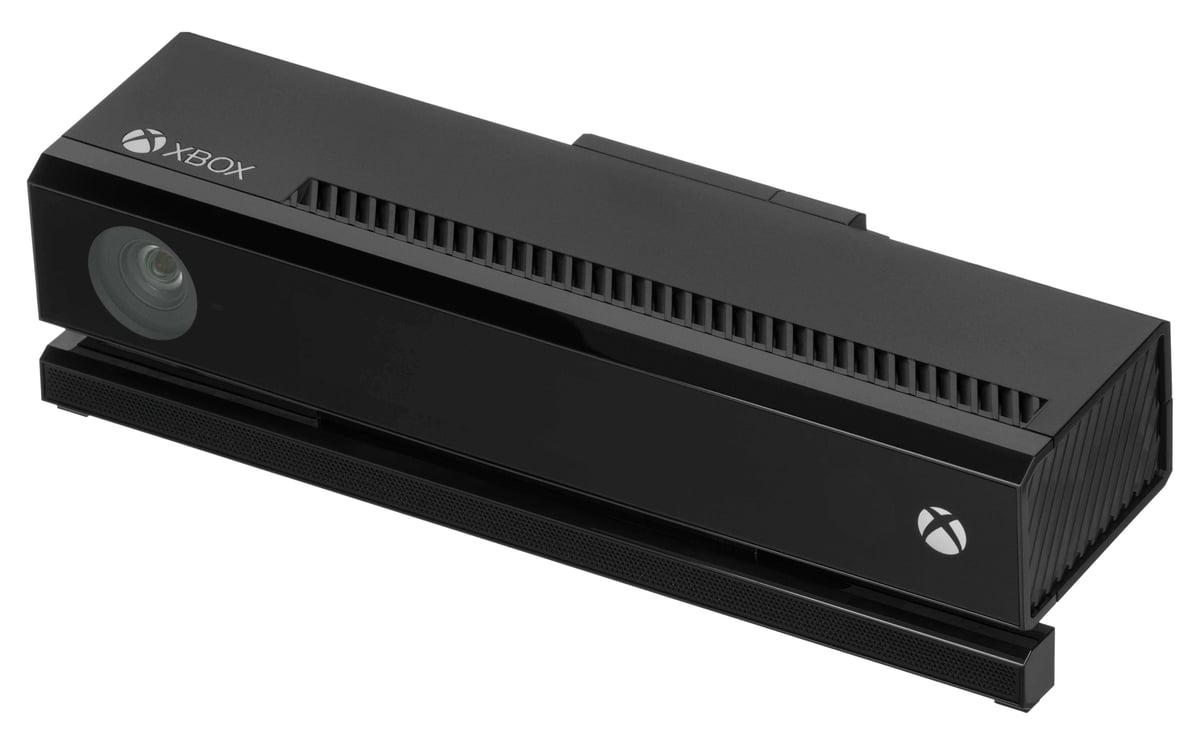
At the end of 2013 Apple bought PrimeSense, the Israeli company that created the technology behind Kinect. Since then no one has heard anything about Primsense’s new projects. In fact Primesense has already been involved in many projects linked to new technologies. For example it has worked with 3D Systems on the low-cost Sense 3D scanner and has collaborated with iRobot to give 3D vision to professional telepresence robots such as AVA and RP-Life. Apple seems convinced it can do better than anyone that came before and, so far, it has always delivered. Just imagine something that involves, at the same time, Apple, robots, virtual reality, 3D scanners and 3D printing: wouldn’t it be amazing?
License: The text of "3D Visions of the Future" by All3DP is licensed under a Creative Commons Attribution 4.0 International License.